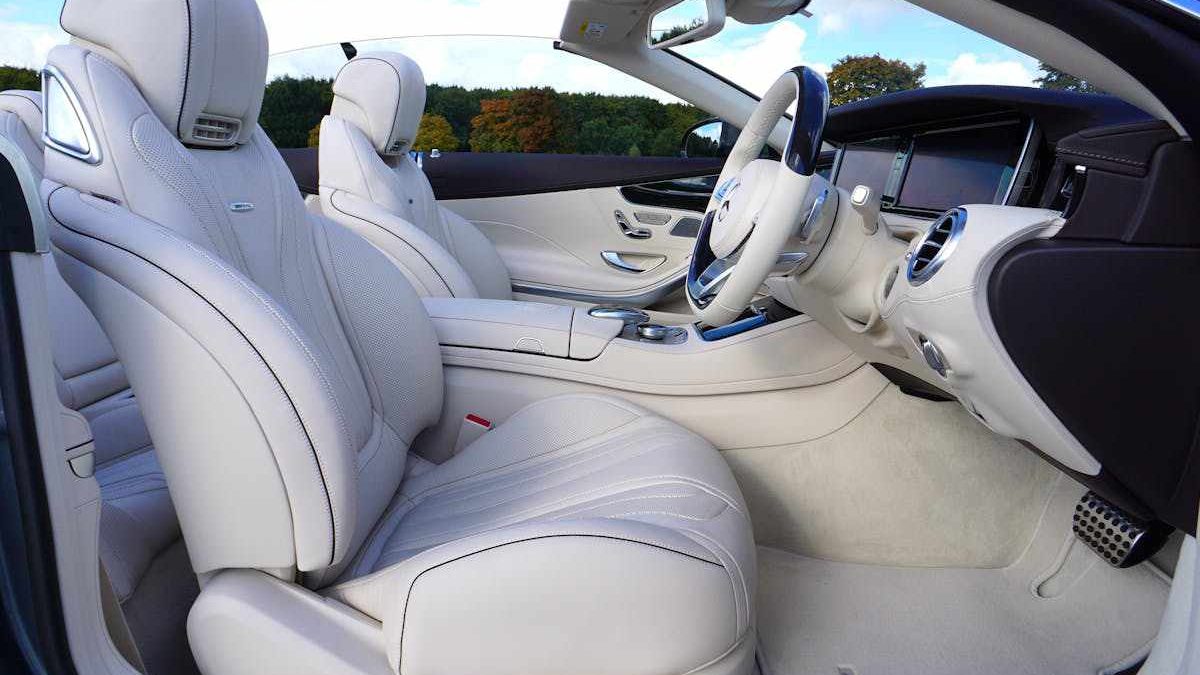Modern Vehicle Networks – Ethernet protocols in modern vehicles represent a significant advancement in automotive networking, allowing for faster data transfer, enhanced communication capabilities, and greater overall vehicle intelligence. As vehicles become more complex, integrating various systems and sensors, Ethernet has emerged as a critical technology to handle the demands of modern automotive electronics. Here’s an in-depth look at how Ethernet protocols work in contemporary vehicles:
Table of Contents
1. The Evolution of Automotive Networking
Historically, automotive networks relied on older technologies such as Controller Area Network (CAN) and Local Interconnect Network (LIN). These protocols were suitable for basic communication between vehicle control units (ECUs) but fell short in addressing the growing needs for high-bandwidth data transfer and real-time communication. As vehicles incorporated more advanced features—such as advanced driver-assistance systems (ADAS), infotainment systems, and autonomous driving technologies—the limitations of these older protocols became evident.
Ethernet, which has been a staple in computer networking for decades, offers high data transfer rates, robustness, and flexibility. These features make it an ideal choice for its application in the car manufacturing industry, leading to modern vehicle architectures integrating an automotive ethernet protocol as a general rule of thumb
2. Ethernet Basics and Standards
Ethernet is a networking technology that operates using a protocol suite designed for local area network (LANs). The key aspects of Ethernet include:
– Physical Layer: This refers to the hardware components like cables and connectors that transmit data.
– Data Link Layer: This includes protocols for data framing, addressing, and error detection.
– Network Layer: For Ethernet, this often involves IP (Internet Protocol) to handle routing and addressing over broader networks.
In vehicles, Ethernet is typically used in conjunction with specific automotive standards to ensure compatibility and reliability. Two key standards are:
– Automotive Ethernet (IEEE 802.3): This standard defines the physical and data link layers specifically for automotive environments, focusing on aspects like electromagnetic compatibility and durability in automotive conditions.
– BroadR-Reach (IEEE 802.3bw): This is an automotive Ethernet standard that supports high-speed communication (up to 100 Mbps) over a single twisted pair of copper wires, reducing wiring complexity and cost.
3. Ethernet in Automotive Applications
Modern vehicles deploy Ethernet in several critical areas:
Infotainment Systems
Modern Vehicle Networks – Ethernet’s high bandwidth capabilities are well-suited for infotainment systems, which require the transfer of large amounts of data. This includes streaming media, navigation maps, and real-time traffic updates. Ethernet provides the necessary speed and reliability to handle these tasks efficiently, ensuring smooth operation and integration with other vehicle systems.
Advanced Driver-Assistance Systems (ADAS)
ADAS features like adaptive cruise control, lane-keeping assistance, and collision avoidance rely on data from multiple sensors, including cameras, radar, and LiDAR. These systems generate vast amounts of data that need to be processed and communicated quickly. Ethernet enables high-speed data transmission from these sensors to the central processing units, facilitating real-time decision-making and enhancing overall system responsiveness.
In-Vehicle Communication Networks
Ethernet is increasingly used to interconnect various ECUs within the vehicle. Traditional networks like CAN and LIN are often used for low-bandwidth communication, while Ethernet handles high-bandwidth tasks. This approach optimizes the performance of in-vehicle networks, allowing for efficient communication between different vehicle systems and reducing latency.
4. Network Architecture and Topology
Modern vehicles use Ethernet in different network topologies, including:
– Star Topology: Each ECU connects directly to a central switch or hub. This setup simplifies network management and improves performance but requires more wiring.
– Daisy Chain Topology: ECUs are connected in a series. This topology can reduce wiring complexity but may increase latency if not managed properly.
– Hybrid Topology: Combines elements of both star and daisy chain topologies, providing a balance between performance and wiring complexity.
5. Challenges and Solutions
Implementing Ethernet in vehicles presents several challenges:
Electromagnetic Interference (EMI)
Vehicles operate in environments with significant electromagnetic interference, which can affect Ethernet signals. Automotive Ethernet standards address this issue by specifying shielded cables and robust error detection mechanisms to ensure reliable communication.
Bandwidth Management
With multiple ECUs and sensors transmitting data simultaneously, managing bandwidth is crucial. Ethernet standards for automotive applications include Quality of Service (QoS) mechanisms to prioritize critical data and prevent network congestion.
Safety and Security
As vehicles become more connected, ensuring the safety and security of the network is essential. Ethernet-based systems incorporate various security protocols to protect against cyber threats and unauthorized access. This includes encryption, authentication, and secure communication channels.
6. Future Trends and Developments
Looking ahead, Ethernet technology in vehicles is expected to continue evolving:
– Higher Speeds: Advances are being made towards higher-speed Ethernet standards (e.g., 1 Gbps and 10 Gbps) to support even more data-intensive applications and future technologies.
– Time-Sensitive Networking (TSN): TSN standards are being developed to improve real-time communication capabilities, which is crucial for applications requiring precise timing and synchronization.
– Integration with Other Technologies: Ethernet will increasingly be integrated with other networking technologies, such as Vehicle-to-Everything (V2X) communication, to enable more advanced features and connectivity.
Conclusion
Ethernet protocols have become integral to modern vehicle architectures, offering high-speed, reliable, and flexible communication solutions. By addressing the limitations of older automotive networks and supporting advanced applications, Ethernet helps drive the development of more intelligent, connected, and efficient vehicles. As technology continues to advance, Ethernet will play a crucial role in shaping the future of automotive networking and driving innovation in the industry.

